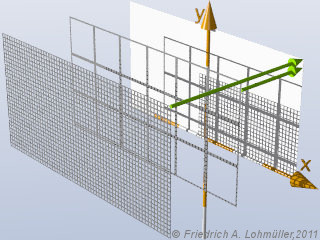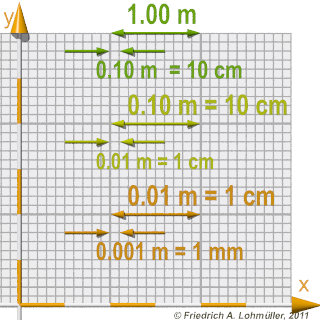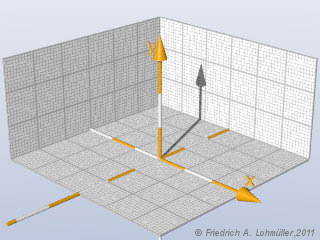//------------------------------------- ////////////
#macro Raster_Lines (RScale, LineW, Intensity_)
pigment{ gradient x scale RScale
color_map{
[0.000 color rgbt<1,1,1,0>*Intensity_]
[0+LineW color rgbt<1,1,1,0>*Intensity_]
[0+LineW color rgbt<1,1,1,1>]
[1-LineW color rgbt<1,1,1,1>]
[1-LineW color rgbt<1,1,1,0>*Intensity_]
[1.000 color rgbt<1,1,1,0>*Intensity_]
} // end color_map
} // end pigment
#end// of Raster(RScale, HLine)-macro
//------------------------------------- ////////////
//------------------------------------- ////////////
#macro Raster_Plate(
RD1, Width1,//primary raster distance/width,
RD2, Width2,//secondary raster distance/width,
Base_Texture, // non = pigment { Clear }
Intensity, // Line gray intensity
Start_Box, End_Box, // vectors
) //------------------------------------------
//----------------------------------------------
box{ Start_Box,End_Box
texture{ Base_Texture }
#if (RD1 > 0 ) // raster big RD1, Width1,
texture { Raster_Lines(RD1,Width1,Intensity) }
texture { Raster_Lines(RD1,Width1,Intensity)
rotate<0,90,0>}
#end
#if (RD2 > 0 ) // raster small RD2, Width2,
texture { Raster_Lines(RD2,Width2,Intensity) }
texture { Raster_Lines(RD2,Width2,Intensity)
rotate<0,90,0>}
#end
} // end box -----------------------------------
#end // ------------------------------ end of macro
//------------------------------------- ////////////
// How to use: ------------------------------------
#declare Base_Texture =
texture{ pigment{ color rgb<1,1,1<*1.2}}
//--------------------------------------------------
object{ Raster_Plate(
1.0, 0.010,// 1st raster distance/width,
0.1, 0.045,// 2nd raster distance/width,
Base_Texture, // non = pigment{Clear}
0.6, // Intensity, // Line gray intensity
<-2,-0.05,-2>, <2,0,2>, //Start/End
) //----------------------------------------------
rotate<0,0,0>
translate<0,0.001,0>
} //------------------------------------------------ |


